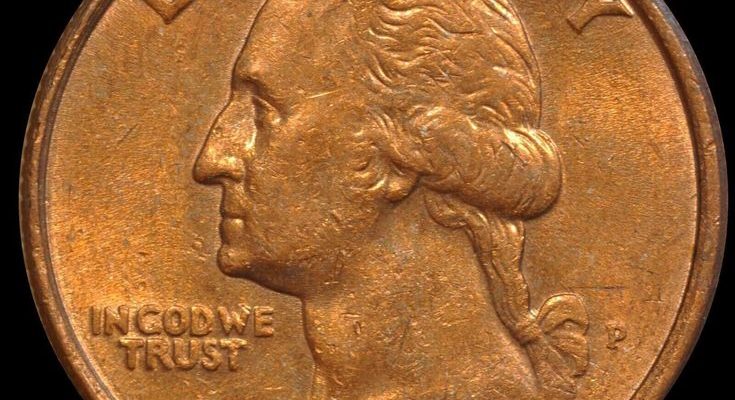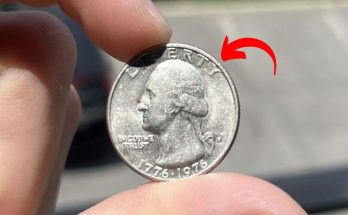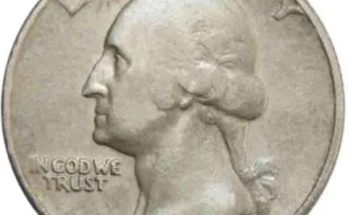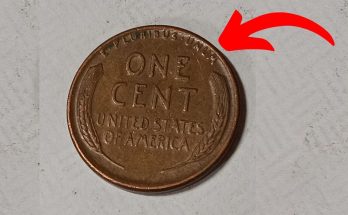1992 Quarter Error List & Value
The 1992 quarter was from the Washington quarter series and minted in two compositions, silver and a mix of copper and nickel. Although the face value of the quarter is $0.25, proof Washington quarters are wor
The 1992 quarter had a mintage of 778,717,667 from three mints. The coin is categorized as a Washington Quarter and holds great historical value. Although the quarter saw many composition changes, the coins minted in 1992 were mainly composed of copper and nickel. The coin has 119 reeds along its rim. Since the quarter is not that old, they mostly sell for their face value.
Read on about the design, history, and related details that can aid in accessing the value of your 1992 quarter.
1992 Quarter Value Chart |
||||
| Mint Mark | Good | Fine | Extremely Fine | Uncirculated |
| 1992 P quarter | – | – | – | $18 |
| 1992 D quarter | – | – | – | $18 |
| 1992 S proof quarter | – | – | – | $13 |
1992 P Quarter Value

The 1992 P quarter was minted in the Philadelphia Mint. 380 million coins were minted in the year 1992, which goes for a price between $0.25 for one in good condition, whereas the cost can go up to $18 for uncirculated coins in mint condition. Although the coins don’t have much value as they are not considered old, they will gain value over time.
The design on the obverse side shows George Washington portrayed and facing the left side. The portrait shows the neck and face. Just below the portrait’s chin, you can see the legendary phrase In God We Trust, whereas, at the lower bottom rim, you’ll see the year 1992 written.
The mint mark is minted on the right side of the coin near the portrait’s hair. Above the head, the word Liberty is seen struck in capital letters.
The design shows an eagle with widespread wings perched on a pile of arrows. The eagle is seen holding these arrows with both claws. Below the arrow, there’s an olive branch extending to both sides. The arrows in the eagle’s claws represent the 13 states of the US.
You’ll see a quarter dollar at the lower rim below the olive branch, whereas, on the top rim, the United States of America is clearly written. The phrase E Pluribus Unum is written above the eagle’s head using two rows.
In the early years of coin minting, the quarters were composed of silver, but the composition was changed in the 1940s. This change in composition was done to prevent the hoarding of silver coins. Most silver stackers and hoarders preferred stocking up on silver coins to melt them later and extract the precious metal. This metal could be sold for a higher price than its face value.
Starting in 1965, a copper-nickel composition was adopted instead of a silver core. During the early years, most popular designs were used for the same denominations. For example, coins of different denominations shared the Seated Liberty, Draped Bust, Standing Liberty, and many other designs. The only difference between these coins was the size, edges, and composition.
The Washington Quarter was introduced in 1932 to celebrate the late president’s 200th birthday. Although George Washington himself was against putting the faces of presidents on currencies, the treasury still decided to put his portrait on the quarter as the Lincoln penny was already in circulation and had gained massive popularity. It was not the first time George Washington’s portrait was used on a currency.
Earlier in 1869, the $1 bill also depicted Washington’s portrait on one side. Over the years, the quarter has seen many changes. These quarters are made in variations like the 50 State, American Women, Crossing, Delaware, and America the Beautiful quarters.
However, the original reverse design was crafted by John Flanagan and was used until 1998. The original Obverse was also done by the same sculptor and inspired by Jean-Antoine Houdon in 1786. The obverse design was later changed from 1998 to 2022 which Laura Gardin Fraser crafted. Several reverse designs were also used until Flanagan’s design was again slotted in 2022.
1992 S Silver Proof Quarter Value

The San Francisco mint produced 1,317,579 silver proof quarters. Although a mix of copper and nickel was used to mint these quarters, the proof coins were mainly silver with a bit of copper mixed in the composition.
These coins have a higher value than other varieties. The rarity and the composition of these coins increase the coin value to more than $14 for an uncirculated coin. Proof coins are minted specifically by mints to add to the coin sets sold by the treasury and for coin collectors. These proof coins have a cameo effect which gives the coins their mirror-like shine and provides an impeccable outlook.
1992 D Quarter Value

Minted in Denver, the 1992 D quarters have little value because almost 400 million of these coins were minted. However, rare grades and errors can always fetch more money. While most coins in good, fine, and extremely fine conditions sell for a few cents more than their face value, higher-graded coins are worth $18 and up.
Still, the 1992 quarter remains an average value coin due to the massive quantities produced that year. While the coin is from the popular Washington Quarter series, they haven’t gained much value over the years.
1992 Quarter Grading
Grading your 1992 quarter not only reveals peculiar details still present on your coin but also makes it easier to put a value. The video shared here provides basic information about grading your Washington quarter.








